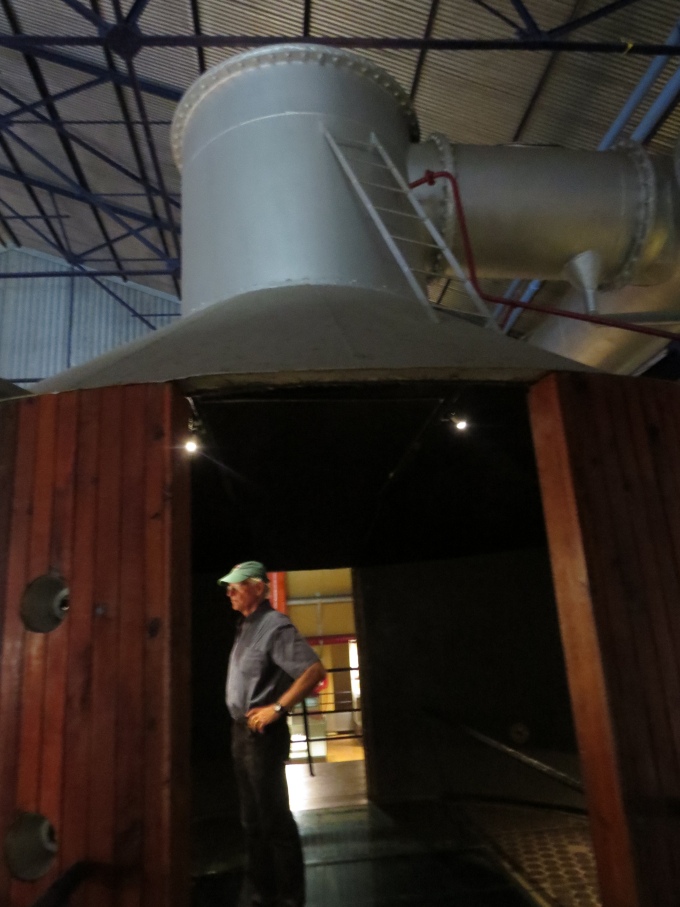L'Aventure du Sucre - A Sweet Experience
/We'd read about L'Aventure du Sucre and heard reviews from other cruisers, so we had it on our “must see” list. It was only a mile's walk from the Botanic Gardens and we arrived late morning with plenty of time to explore.
Located in the original Beau Plan Sugar Estate, the site was chosen because Beau Plan exemplified a family business which, with many others like it, expanded into a huge industry. Indigo and sugar cane were the main crops grown and processed on the island.
Originally discovered by the Dutch in 1598 and named Mauritius after the Dutch Prince Maurits, the Dutch introduced deer and sugar cane and then abandoned the island for more lucrative interests in Java. The French took over in 1715, renamed the island Ile de France and developed both the infrastructure of the island and the sugar industry, importing thousands of slaves to work the sugar fields. Sugar quickly became the mainstay and the island flourished. The British invaded with an overwhelming force and took control of the island in a most courteous way in 1810 and renamed it Mauritius once again. The development of the sugar industry spurred the development of the culture of the island.
We wandered through the cavernous mill where gallery after gallery of photos, exhibits and artifacts were interspersed with the huge sugar producing equipment … crushers, boilers, blenders, centrifuges and more. The experience was reading-intensive … multitudes of placards and signs explained the island's history in detail and the sugar industry from its early beginnings to its current production. Sugar production isn't what it used to be, but it still contributes about 20% to the country's export economy.
We even walked inside some of the equipment.
We wandered and read and wandered and read and finally ended up in a small boutique area with sugar and rum tastings. Who knew there were so many types of sugar out there? We certainly didn't. We were offered twelve different types of unrefined cane sugars to taste … from fine golden caster, to demerara, to dark muscavado and molasses sugars to coffee crystals and raw sugar. We chewed some sugar cane. We tasted several types of rum and felt unbelievably mellow afterward.
It was mid-afternoon when we emerged from the museum and tastings, and the estate's restaurant, Le Fangourin, looked very appealing. We settled at a small cafe table under an umbrella with the sugar mill behind us and lawns, gardens and mountain views in front. Birds chirped and flitted about. Light jazz was playing in the background. Lunch was wonderful, but the dessert that followed was to die for … a bananas flambe with a rum sauce made from the local rum and a caramelized sugar decoration on top. Good enough to eat!
As we walked back down the entry avenue to the bus stop, we noted sugar cane fields on both sides of the road.
While waiting for the bus, cane trucks, loaded to capacity, emerged from the fields and chugged up the highway. This was a sweet, sweet day.









